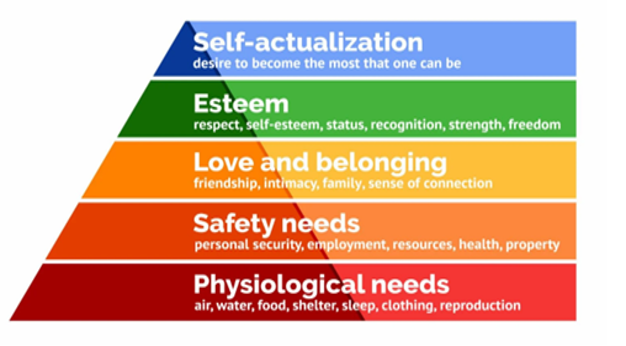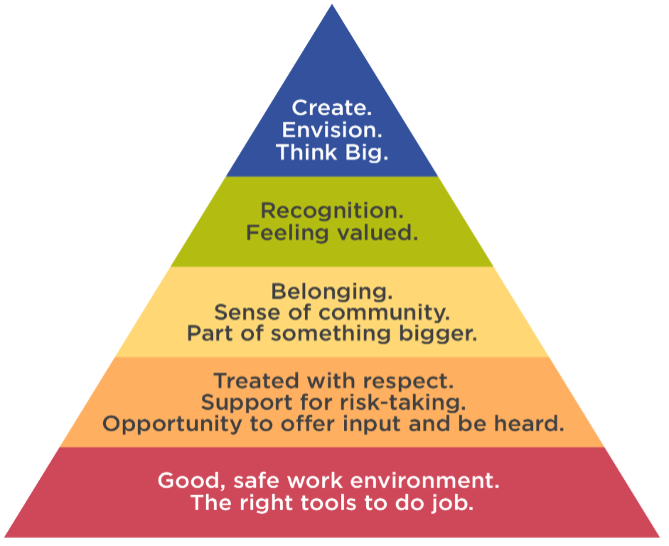History has always shown two categories of people in the evolution of our society in a working environment: those who lead and those who follow. This notion of hierarchy has always been present and is still present nowadays, however, awareness has emerged over the past generation.
The Evolution of Leadership: Understanding Its Impact
In this article, we will expose some observations between “Healthy” leadership and “Unhealthy” leadership and the influence it may have in a working environment, from a productivity and side effect aspect.
We will also take the opportunity to go through some principles to leverage the “Leadership” skills; principles that are considered as basics but not so obvious in our professional day-to-day life.
Defining Leadership: The Essence Beyond the Title
If we look at the definition of “Leadership” in Wikipedia, we find the following definition: “Leadership or Primacy is the influence (political, psychological, social) of an individual on a group of individuals or of a group of individuals on another group. The leader has personal skills that make him stand out and allow him to be listened to and followed by a group of people”.
The fundamental question we might all have as “Leaders” is “Am I a real Leader or am I just hiding behind my professional title without having a real sense of Leadership?”.
Leadership is not just a skill that one can learn from courses or books, it is much more than that.
It is a mindset first combined with knowledge along with cultural and social experience, mainly focusing on the study of human behaviors. Understanding human behaviors is the foundation of leadership.
On top of that, we construct leadership throughout our professional career, keeping in mind that perfection does not exist and continuous improvement at that level also applies.
It is crucial to identify and understand the essential soft skills prerequisites for attaining effective leadership. These skills enable leaders to influence individuals or teams towards successfully achieving shared objectives. Moreover, fostering such skills contributes to creating a robust and healthy work environment, a direct outcome of proficient leadership.
Three Pillars of Effective Leadership
Three principles apply in terms of Leadership skills:
- Develop your unique leadership style.
Do not try to copy or simply repeat what you see or have seen: disclose yourself, be vulnerable and show your weaknesses, be humble, and accept the differences in human behaviors.
Show the person who you are, your culture, and your way of thinking with full transparency and good professional manner.
- Focus on the relationship with your followers.
Know your followers, build a relationship, and focus on the way the relationship can be sustainable.
Recognize their strengths and adopt a balanced approach to facilitate improvement through collaborative, two-way dialogue, rather than imposing unilateral solutions.
An example could be a Leader imposing on a follower to make a presentation in front of a group of other followers knowing that they are not comfortable at all with presentations.
The consequence of such a situation might have an impact on the follower’s confidence, motivation, and well-being; and indirectly an impact on the company’s productivity/profitability, given that human resources are the fundamental asset in any industry.
- Be flexible and adaptable
Successful leadership isn’t just about adapting; it also requires flexibility. Whereas adaptability is the ability to adjust and change in response to new circumstances or situations, leaders who are flexible can adapt to different personalities, work styles, and team dynamics. They are open to feedback, willing to change their approach when necessary, and can collaborate effectively with others.
Motivating Followers: Insights from Maslow
Now that we have a better view of leadership soft skills, the next question we might have will be “How can I motivate my followers as a leader?”
According to the humanist psychologist Abraham Maslov, people’s behavior is driven by the pursuit of meaning.
Maslow hierarchy of needs at a personal level is represented as follows:

Abraham Maslow explains that the individual must satisfy the level 1 need (starting from the bottom) before acquiring the motivation necessary to fulfill the second level need.
Self-actualization needs are the highest level in Maslow’s hierarchy, and refer to the realization of a person’s potential, self-fulfillment, seeking personal growth, and peak experiences.
Translating Maslow’s Needs in Organizational Context
From an organizational point of view, the above pyramid can be translated as such:

Maslow’s Hierarchy of needs above shows how employees can be supported to reach the highest levels of self-actualization, enabling businesses to achieve excellence and financial success.
The key success of such achievements by the followers is driven by the influence of a “healthy” Leadership.
Qualities of a Healthy Leader
In summary, what we should retain in terms of “Healthy” Leadership:
- Leaders focus on the micro approach (at an individual level) instead of micromanagement.
- Leaders understand human behavior, accept cultural differences, and adapt as such.
- Leaders coach and encourage, they identify the right opportunity for their followers, and do not impose but propose/suggest.
- Leaders promote followers’ strengths and help to improve follower’s weaknesses.
- Leaders meet success in a good professional manner including the right level of communication.
- Leaders are humble in their success but also humble to accept that they make mistakes.
- Leaders build common language & trust.
- Leaders understand the pace of different cultures.
- Leaders have excellent communication skills considering cultural diversity.
- Leaders are always willing to motivate with patience and perseverance.
Closing Thoughts
Let’s end this Leadership journey with a quote from James G. March:
“Leadership involves a dedicated combination of plumbing and poetry.”
As a good Leader, you must find the right “poem” to expose your leadership to your followers.
Source: International Leadership and Organizational Behavior course by Università Bocconi